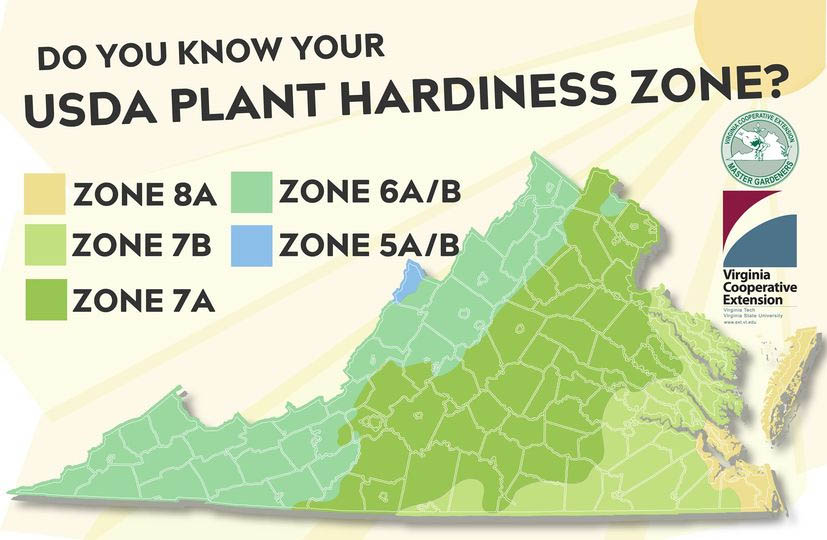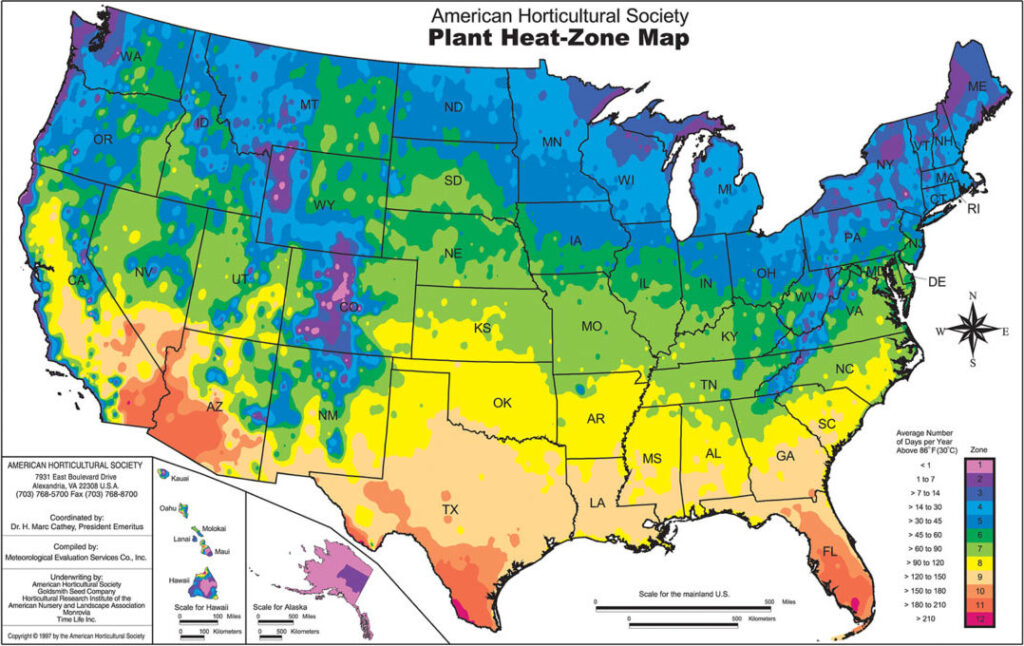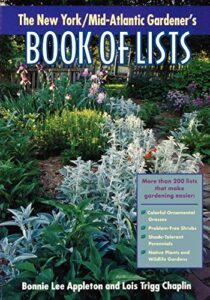by Gail Warner, Suffolk Master Gardner
The home gardener can take advantage of decades of research by horticulturalist to select plants that will be successful in their gardens by knowing the cold hardiness zone and heat tolerance zone of their area and the plants being considered.

Cold Hardiness Zone Map
The cold hardiness zone map was first issued by the United States Department of Agriculture (USDA) in the 1930’s and has been revised several times to account for improved data and climate change. The current revision of the map is 2012 and includes 13 zones from zone 1 in Alaska to zone 13 in Puerto Rico. Virginia cold hardiness zones range from 5a to 8a. The northernmost half of Suffolk is zone 8a; the southernmost half of Suffolk is zone 7b. Detailed maps of cold hardiness zones for the United States can be found at Help | USDA Hardiness Zones.

Heat Tolerance Zone Map
The heat tolerance zone map below was developed by the American Horticultural Society (AHS) and published in 1997 to help gardeners determine what species of plants thrive best in particular regions of the country in summer. The map breaks the country up into 12 zones. Each zone indicates the average number of days that zone experiences temperatures exceeding 86°F. This temperature is when plants begin to suffer physiological damage. The zones range from Zone 1 in which that temperature occurs less than one day a year to zone 12 in which that temperature occurs for more than 210 days a year. Suffolk is heat tolerance zone 7, 60 to 90 days of temperatures exceeding 86°F yearly. Performance of plants suitable for a particular heat zone assumes they are watered properly.
In summary, Suffolk is cold hardiness zone 7b/8a and heat tolerance zone 7. These zones are guidelines and exceptions to the rule can be found especially where microclimates exist in our landscapes.

Book of Lists
The New York/Mid-Atlantic Gardener’s Book of Lists contains many lists of plants for our area with the plants’ cold hardiness/heat tolerance zones to assist the gardener in selecting the right plant. Your local garden centers and local Master Gardener plant sales are good sources of plants that will be successful in your area. Check cold hardiness and heat tolerance zones carefully when ordering plants online.
